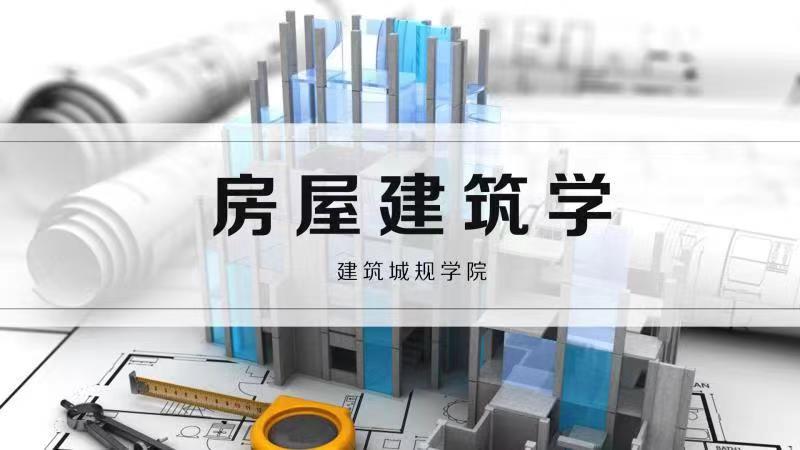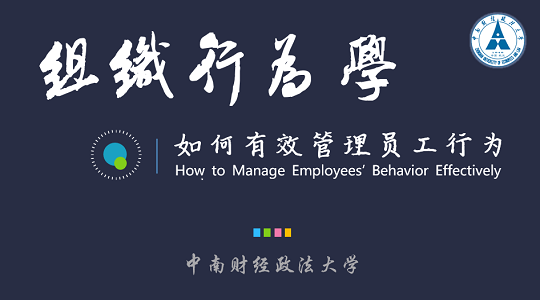
当前课程知识点:国际医学会议交际英语 > Chapter 12 Understanding Conference Etiquette > Exercise > Chapter 12 Part 3
Part four
Etiquettes for various conference scenarios
one Telephone etiquettes
Even though communication via e-mail
or leaving message on applications
like Wechat allows us to contact each other
without the limits of space and time
sometimes we may still turn to the
most traditional way of telephone
for conference preparation or its proceeding
especially when the matter is emergent
or it requires more direct
and instant interactions
mostly between the conference
organizers and the guests
Nowadays online applications such as WeChat
Skype or Facetime
also serve our needs of talking with others
It seems that unlike writing in e-mail or Wechat
which allows us enough time to think thoroughly
and arrange the words
talking on the phone including WeChat
Skype or Facetime shows manners without any
disguise because of its direct nature
It is essential for us to grasp
principle rules of telephone etiquette
since presenting a professional image
both in person and on telephone
should be equally important
And you should conduct the procedure
by following the rules below
Clearly identify yourself at the beginning of the call
Although people are so used to to placing
or answering phone calls
one basic principle that is often overlooked
is the manner of stating oneself clearly
when starting the conversation
this is extremely important for invitations
consolations and enquiries
Even if you are prestigious experts in medicine
no one is guaranteed to be able to
recognize your voice at once
for the organizers before sending
important the messages or answering inquiries
presenting your name and the organization first
helps strengthen your professionalism
and assure you our color that
the phone call is to the correct person
Always open up with a positive greeting
and politely provide your name
title and organization when placing
or answering a call
for example
example Five
Hello
this is Dr.Chen speaking from Chaoyang Hospital
is this Prof. Liu’s office
Oh good morning Prof.Liu
I’m calling for the matter we discussed
over the last session of annual conference
for cardiovascular diseases
I wonder if you have time for a personal
meeting lately
there is something I’d like to show you
about my research
Wait for your turn to speak
When you talk on the phone
you could not see the caller’s actions
thus sometimes we may speak at
the same time and the words may crash
So when that happens
do hold on a second
to let the other person speak first
Do not insist finishing your own lines
even if others are talking at the same time
which is quite annoying and rude
Words will get lost because we can never
process more than one voice at a time
It is no harm to stop for a while
and wait for your turn to speak
Also
never interrupt when others are talking
It would be wise to wait for a few seconds
after the other person has finished
and make sure he or she has no more words to say
before you begin talking
you may do such a procedure like this
example six
Oh
sorry
please do go on
I'm still listening
Okay
I've got you a point
So what I think he is
Have a closure when ending the call
a call should begin with a lovely greeting
and it should be ended with a proper ending
When your message is delivered
or the discussion is fulfilled
the conversation needs to be finished
with a polite and positive closure such as
Example seven
That is really a productive conversation
thank you so much Prof.Liu for your information
I’ll carry on the program as discussed
and keep you well informed
Have a nice day
Two
Correspondence Etiquette
Our means of correspondence has been
completely revolutionized today
The old- fashioned correspondence
of handwritten letters
messages and notes
are replaced by electronic forms
such as emails
WeChat or other instant communication applications
and even social media
mostly thanks to the prevalence of the Internet
The most common types of morden correspondence
e-mail and Wechat
enable us to communicate with others
in real time beyond physical distance
They make contact and communication
more convenient and effective
However
at the same time
because of the easy nature
many etiquettes have been well ignored
Thus
when we are communicating for working purposes
especially dealing with issues
as serious as medical conferences
we should always respect
certain correspondence etiquette
since they could show we are conducting
ourselves professionally
and politely
address your email recipient accurately
to show your respect and a sincerity
to your email recipients
especially when you are approaching
a scholar or someone with a higher position
The first step is to address them accurately
for the first email ever look up
the recipient's correct title
and begin your email
by “Dear Dr.”
or “Dear Professor ”
Since for medical conferences
the major contacts are medical professionals
doctor with surnames should
be the most appropriate callings
Please notice that it is considered
less appropriate to address any female
Phd qualified recipient
as Mrs Miss or Ms
In formal correspondence
Use professional salutations
An email is steal a letter
especially official ones
for medical conferences
Thus you should begin your letter
with proper and professional salutations
Instead of coming straight to the announcements
or important messages besides
Colloquial and a casual solutes such as
“Hey guys”
“Yo folks”
or “Hi Mike” should also be avoided
unless it is within close relationships
for back-and-forth discussions.
Discussions
avoid emoticons
abbreviations
Emoticons
such as a smiley face
a popular among young generations
because of its relaxing nature
to express emotions
However
in professional emails
the use of such symbols
may be considered disrespectful
to the guests of the conferences
Abbreviations or acronyms such as ASAP
UR Congrats plz
sometimes are used in
casual messages between friends
but they should never appear in business
e-mails in case of any
misunderstanding or confusion
Also
watch out for slangs
or any inappropriate languages
in e-mails especially
when you are writing to important guests
for a meeting
The following are two examples
One is a bad example of an email
from the conference organizer to Professor
Another is a better version
of a more professional email
You may take reference from them to
and take lessons from the bad one
Part five practice
One
Team project
Form a group of four to five
and discuss the following questions
What behaviors are considered rude
or unprofessional for a telephone conversation
Are there any new manners
we should pay attention to
for new forms of telephone calls
such as facetime or wechat video talk
Could you think of more rules
in terms of telephone etiquette
Two
role play
working pears and make a conversation
with at least eight sentences
for each person
At the end
you should present the proper solution
according to the scenario
During a lecture an attendee
sitting at the front seat
is making a phone call
even though he's trying to lower his voice
his neighbours can still hear him
and annoyed at his behaviour
A conference staff member
has to warn the attendee
without interrupting the lecture
A Phd student from China
is attending the annual meeting
of the European Association
for the Study of Diabetes
He's currently working on a research
about genetics of type two diabetes
and one of the top experts in this field
is giving the keynote speech
After the speech
the students would like to talk to the speaker
and ask him for some advice on his research
Generate the scenario
and find out the most of proper behavior
The student should have
-Exercise
-Exercise
-Exercise
-Exercise
-Exercise






